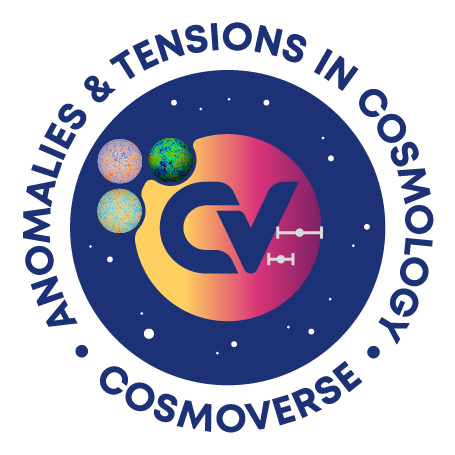Differing measurements of the expansion rate of the Universe have given rise to an observational dilemma in cosmology commonly referred to as the Hubble tension. A possible solution is provided by the model of New Early Dark Energy. Here, a scalar field’s false vacuum energy plays the role of an early dark energy component that leads to a short repulsive boost close to matter-radiation equality before it decays through a fast, triggered first-order phase transition. I will outline a particular microphysical implementation, highlight the importance of a trigger mechanism, and discuss the model’s phenomenology. Finally, I will report on recent results and show how the same physics can address another observational challenge relating to the large-scale structure of the Universe.
